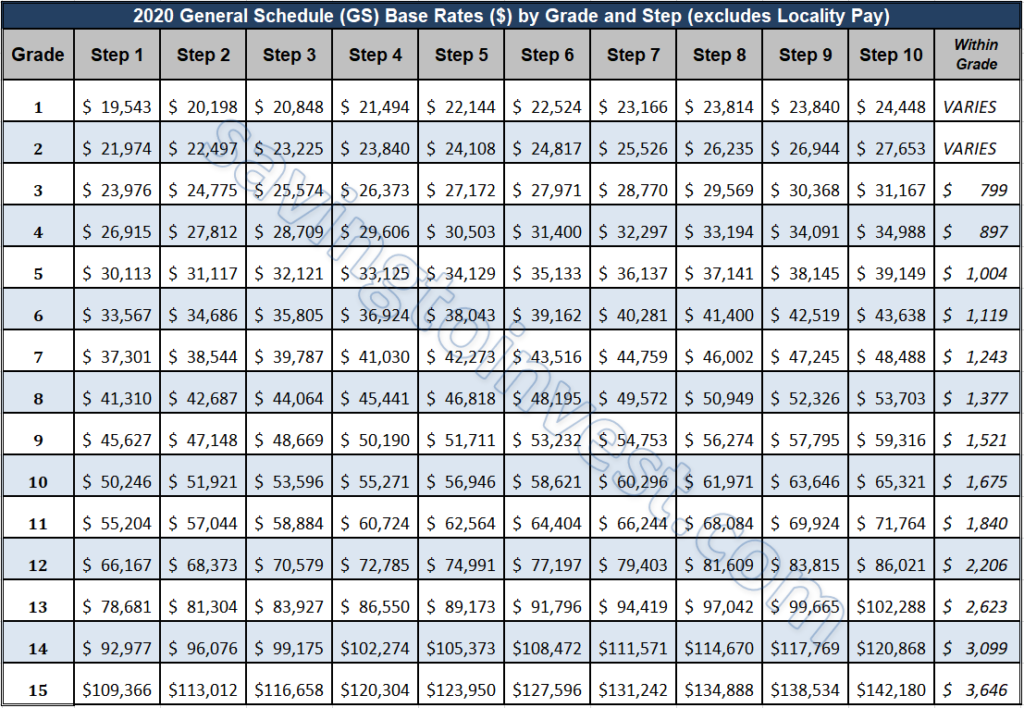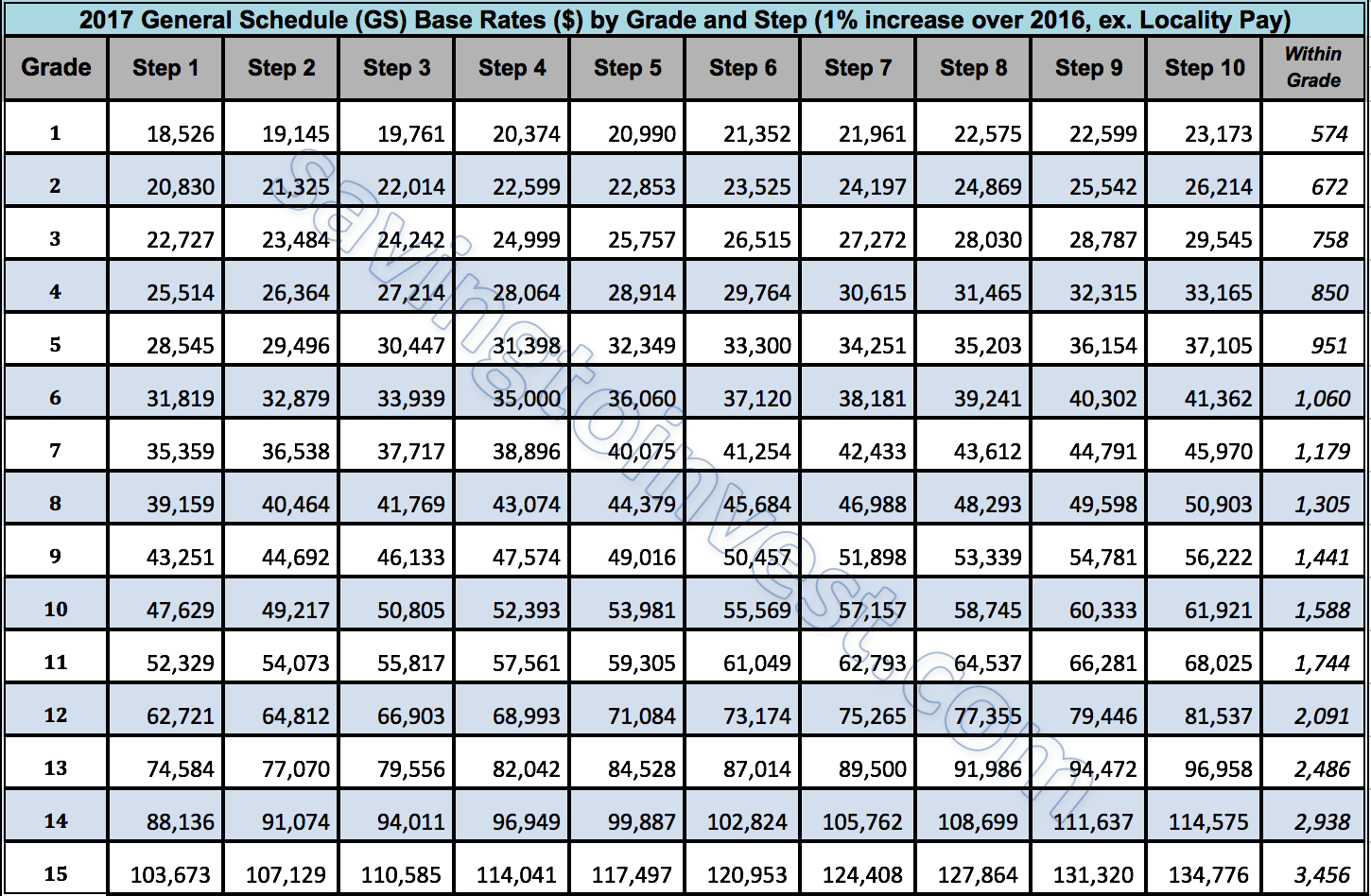GS Pay Scale: Understanding Federal Salaries & More [2025 Guide]
Ever wondered how the federal government decides what its employees get paid? The General Schedule (GS) payscale, a comprehensive system designed to ensure fair and consistent compensation for over 70% of federal civilian employees, is the key.
Understanding the GS payscale is crucial for anyone working for, or considering a career in, the federal government. It's a standardized system, but it also incorporates adjustments for locality, experience, and performance, making it a complex but ultimately equitable framework. The GS payscale not only dictates base salaries but also influences benefits, retirement contributions, and other aspects of federal employment. To delve deeper, resources like the FederalPay GS Pay Calculator (often referenced as "2025 GS Pay Calculator" for projections) allow individuals to estimate their potential earnings based on location, GS grade, and step.
| Category | Information |
|---|---|
| Governing Law | Section 5304(d)(1) of Title 5, United States Code, authorizes the President to designate a pay agent. Executive Order 12748 designates the Secretary of Labor and the Directors of the Office of Management and Budget (OMB) and the Office of Personnel Management (OPM) to serve as the President's pay agent. |
| Coverage | The General Schedule (GS) payscale determines the salaries of over 70% of federal civilian employees. This includes a wide range of positions in clerical, administrative, professional, and technical fields. |
| Pay Grades | The General Schedule includes 15 different pay grades, typically designated as GS-1 through GS-15. Each grade represents a different level of responsibility, skill, and experience. |
| Pay Steps | Within each GS grade, there are 10 steps. Employees generally progress through these steps over time, based on performance and tenure. Each step represents a pay increase within that specific grade. |
| Locality Pay | To account for differences in the cost of living across the country, the GS payscale includes locality pay adjustments. These adjustments can vary significantly depending on the location. For example, a locality pay adjustment of 35% means that GS employees in that area are paid 35% more than the GS base pay table. Examples from the provided context include adjustments of 30.52%, 30.86%, and 26.13%. |
| Special Rate Tables | In some cases, employees may be covered by special rate tables under 5 U.S.C. 5305 (or similar special rate under other legal authority). This applies to employees whose pay rate at their grade and step on the standard GS table is below the rate for the same grade and step on the applicable special rate table. |
| WGI (Within-Grade Increase) | Employees are eligible for Within-Grade Increases (WGI) as they progress through the steps within their grade. These increases are typically based on satisfactory performance. |
| Job Types | The jobs covered under the GS payscale are widely in clerical, administrative, professional, and technical positions within the federal government. |
| Pay Agent | The President designates a pay agent to oversee the GS pay system. Currently, the Secretary of Labor, the Director of the Office of Management and Budget (OMB), and the Director of the Office of Personnel Management (OPM) serve as the President's pay agent. |
| GS Pay Calculator | Tools like the FederalPay GS Pay Calculator allow individuals to calculate the exact salary of any General Schedule employee by choosing the area in which they work, their GS grade, and their GS step. |
| Reference | Office of Personnel Management (OPM) |
- Find Hindi Dubbed Movies Shows Online Your Guide
- Whos Who The Ultimate Guide To The 911 Lone Star Cast

Gs Payscale For 2025 Eden Pye

2025 Gs Pay Scale Noah M. Henriksen

Gs Pay Scale 2025 By State Nathan Stephensen M.